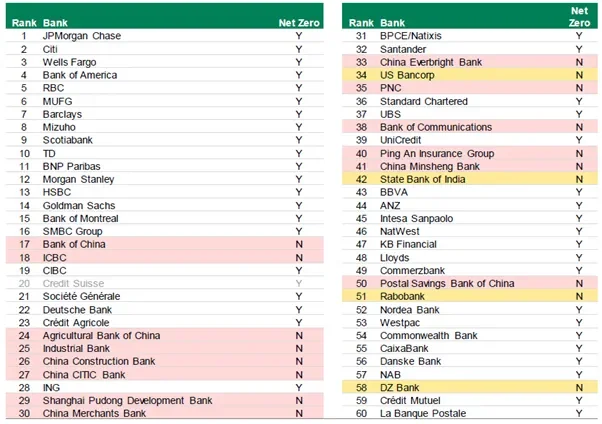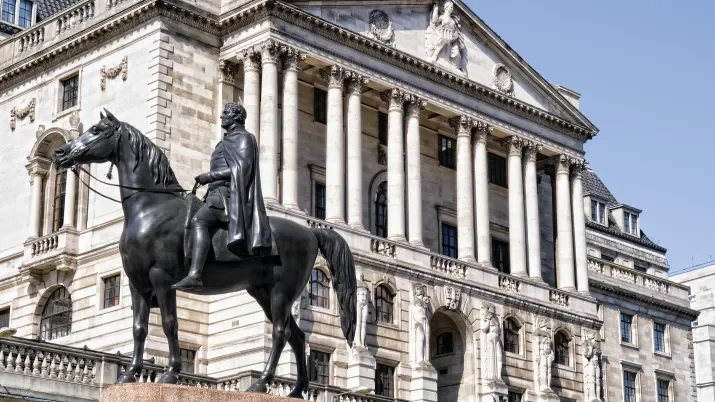The ECB hiking cycle is likely to be over
Yesterday, market participants received two important reports about the state of the economy in the Eurozone. Firstly, the October Markit PMI – Purchasing Managers’ Index - reports showed a continued deterioration in growth in the manufacturing as well as the services sector. Secondly, the ECB’s Bank Lending Survey for Q3 showed an easing in the pace of the tightening of financial conditions, which we have witnessed for some quarters now. Very importantly, trends are still for tighter lending standards than in the previous quarter; however, the increase in this tightening seems to be reaching its final stages. We will comment on these in more detail in the following paragraphs but we think both reports point in the same direction when it comes to monetary policy: the ECB is very likely to have ended its hiking cycle.
Both the manufacturing and services PMIs came below expectations; at 43.0 and 47.8 respectively, both surveys indicate the economy is undergoing a contraction. It appears that the manufacturing sector may be finding a floor in the low 40s. Although this is still possible we note that the bounce in the index from, July lows of 42.7 seems to be reversing. The detail, however, gives us some hope as it shows the forward-looking New Orders component was almost unchanged from the previous, while the Employment and Stocks of Finished Goods components were the main culprits of the headline decline. The services sector gave back the improvement exhibited in September with the Employment component still above 50, whereas the New Business component dropped below the 46.0 mark.
The Q3 BLS - Bank Lending Survey - continued to show a tight environment for lending across most categories. This is good news for the ECB as the monetary policy is acting as expected. It would not be good news though if standards continued to deteriorate with no sign of a peak. As can be seen in the graph below, there is a declining trend in the net number of banks that are tightening lending conditions for businesses and house purchases. There was a minor reversal in house purchases this quarter but it is not significant, and we noted in the survey that banks expect this number to drop to 1% in Q4 from 11% this quarter. Looking at demand for credit, this remains very weak with 45% of banks reporting weaker demand than in the previous quarter. We note though that this number was 72% in Q1 2023. For Q4 banks expect the number to be 11%.
Bank Lending Survey – ECB

In conclusion, growth in the Eurozone continues to be weak. At the same time the BLS shows that a majority of indicators have improved markedly from the lows and banks expect this to continue into Q4. The BLS has only been around since 2003 and therefore has only experienced a couple of recessions. In spite of this, under normal circumstances and acknowledging its limitations due to the aforementioned, it is an important leading indicator for growth. The evidence might be suggesting that we are currently at, or close to, the worst point in growth in the Eurozone. If this is the case, we would essentially be in a softish landing scenario with growth well below trend, a mild recession in some countries, but with unemployment staying relatively low. Default rates are expected to increase from the bottom, but are unlikely to balloon uncontrollably under this scenario. This has been confirmed by bank results that do not show major increases in non-performing loans. In this context, credit assets that provide an attractive level of income alongside an allocation to rates that would offer protection in a non-base case of a harder landing, seem to be a good way of locking in these attractive yields.



